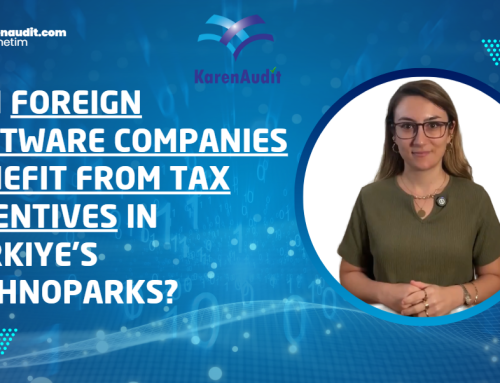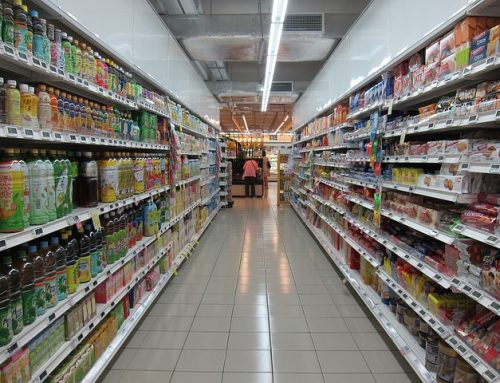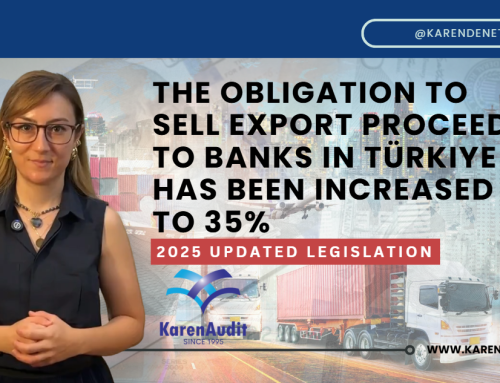February 21, 2023
Fertilizer prices have eased from their early 2022 peaks but they remain at historically elevated levels. The price easing partly reflects weak demand as farmers cut back fertilizer field applications due to affordability and availability issues. The industry is also affected by supply-side issues, including a production crunch in Europe, disruptions due to sanctions on Russia and Belarus, and trade restrictions in China.
Production crunch in Europe. The sharp increase in natural gas prices in Europe has led to widespread production cutbacks in ammonia—an important input for nitrogen fertilizers. However, input costs have declined in recent months due to increase imports of liquefied natural for national reserves in Europe as well as expectations of a milder winter. This could allow some shuttered nitrogen fertilizer production facilities in Europe to resume operations.
Supply disruptions from the Ukraine-Russia war. However, the trade sanctions have specified “carve-outs” for the food and fertilizer sectors to avoid adverse effects on global food security. These carve-outs have enabled Russia to continue exporting fertilizers. However, potash exports from Belarus have fallen by more than 50% due to the restriction on using EU territory for transit purposes. In particular, Lithuania has halted the use of its railway network to transport Belarusian potash to the port of Klaipeda, which typically handles 90% of Belarus exports.
Export restrictions in China. Supply concerns have been exacerbated by China’s extension of export restrictions on fertilizers until the end of 2022 in order to maintain domestic availability. DAP exports from China, which accounts for 30% of global trade in DAP, fell by nearly 50% (y/y) during the first ten months of 2022. Meanwhile, Chinese urea exports declined by about 60% (y/y) over the same period.
Source: World Bank Blog
Legal Notice: The information in this article is intended for information purposes only. It is not intended for professional information purposes specific to a person or an institution. Every institution has different requirements because of its own circumstances even though they bear a resemblance to each other. Consequently, it is your interest to consult on an expert before taking a decision based on information stated in this article and putting into practice. Neither Karen Audit nor related person or institutions are not responsible for any damages or losses that might occur in consequence of the use of the information in this article by private or formal, real or legal person and institutions.






